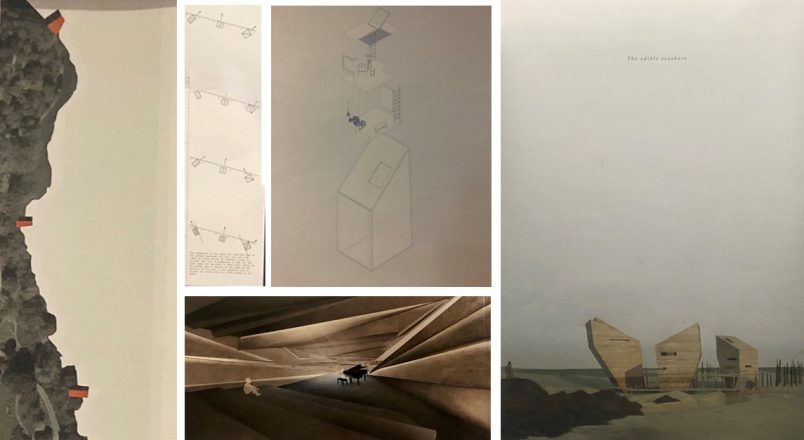As an architect and part-time lecturer, I am someone who juggles the commitments of work and family. One of the questions I often ask myself is why? Lee Holmes addresses these perennial questions.
Why do I condense my working week to ‘free up’ the time to involve myself with architectural education? Why do I feel I have anything to contribute? Why do students need exposure to practice professionals during their academic journey?
My primary motivation is squarely centred around inspiring and educating the next generation of architects; freeing the creative talents within even the most reluctant of students. But on reflection, perhaps it is a little more selfish than my own high moral standpoint would have me think.
Can I extend my own university education further and vicariously live the student life again – without the obvious pressures, deadlines and debt?
Through my students, I can experience first-hand what is current in critical thinking and what are relevant drivers in design approach; ideas that I may not have time to consider within the daily hustle and bustle of a busy architectural practice.
Architecture is a nurturing profession. My formative mentors – themselves busy juggling successful careers and family commitments – willingly gave up their time. And as my own career progresses, I now realise how time poor they were too. And yet, I can’t recall a mentor ever failing to turn up for yet another meeting with an eager, bright eyed student at the end of a long day of work.
At Box Architects, we conduct regular design reviews in-house to foster this environment of learning. Everyone from work experience students to directors can and are expected to contribute. This filtration of input encourages better architecture and highlights potential areas for improvement.
Echoing the views outlined in thought pieces by Ken Earl, Director of Box Architects, I am able to drip feed an understanding of commerciality and its implications on the design process. This by no means stifles the process. Yes, students need to be taught the less ephemeral aspects of building design such as accessibility, fire and waste management. But commerciality is an element that is largely ignored for fear of realism creeping into theoretical projects.
As a lecturer, I can drip feed an understanding of commerciality, its importance and how it can positively impact on the design process – something too many courses fail to touch upon.
Next year will mark my 10-year anniversary of involvement at university-level education. Has my passion waned? I can happily answer that with a definite no. With each year comes new student cohorts and with each cohort come fresh ideas, eagerness, diversity of thought and ultimately, my own tested perceptions.
